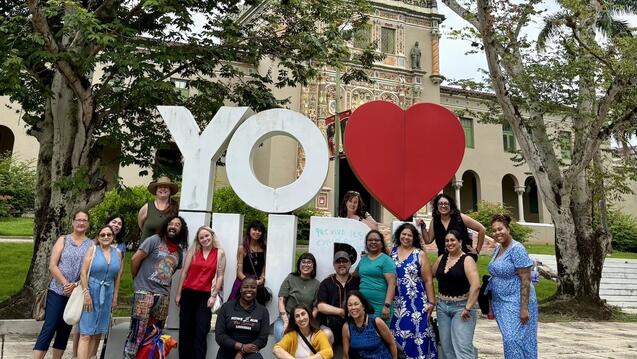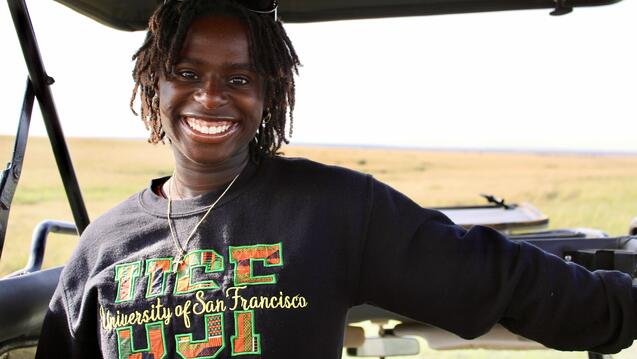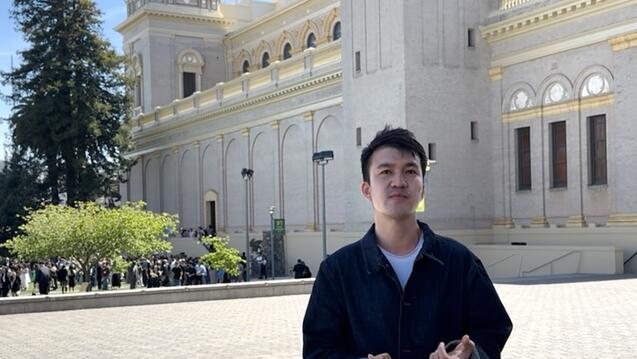California: The Spanish Empire’s Hub to Asia
On the 400 anniversary of the death of Matteo Ricci, S.J., a pioneer and renowned scholar of Asian culture, the University of San Francisco opens two exhibits of art, iconography, and rare books that shed light on California’s role as a center for trade and cultural exchange extending to the Philippines, Mexico, and the tribes of North America dating back to the 1570s.
The Thacher Gallery, in the Gleeson Library/Geschke Center, hosts “Galleons & Globalization: California Mission Arts and the Pacific Rim” Aug. 20 to Dec. 19.
The exhibition of more than 150 textiles, sculptures, and paintings is shown in concert with early imprints from Japan, China, the Philippines, Mexico, and Peru in the library’s Donohue Rare Book Room. The Ricci Institute at the USF Center for the Pacific Rim is sponsoring an associated scholarly conference, “Legacies of the Book: Early Missionary Printing in Asia and the Americas,” Sept. 24-26.
“With this exhibit, I want to give our students a perspective on the world that shows how we’re all interconnect,” said Tom Lucas, S.J., USF university professor of art + architecture and the exhibit’s curator. “Then as now, the whole world ended up in California.”
From a Philippine made ivory crucifix owned by Mariano Vallejo – a Spanish-born subject turned California military commander, politician, and rancher – to a woven Native American basket that repeats and reinterprets the Spanish Coat of Arms, the influence of the Spanish empire’s Pacific trade from Acapulco to Manila to California and south along the coast is evident.
“Seen together these objects – obscure treasures collected from sunken ships and prized selections from international museums, California’s missions, and private collections – lead to surprising cross-cultural discoveries,” Fr Lucas said.
Spain traded silver from the Americas for spices, porcelain, and bees’ wax for candles from Asia and established outposts and missions in California to “civilize” native cultures and act as a buffer against a growing Russian presence expanding from Siberia and Alaska, Fr. Lucas said.
Spanish sailors ended up in California as a result of the prevailing currents and winds that turned a two-month sail from Mexico to the Philippines into an eight-month return sail and forced ships to navigate north to what was then Alta California before turning south toward Baja.


